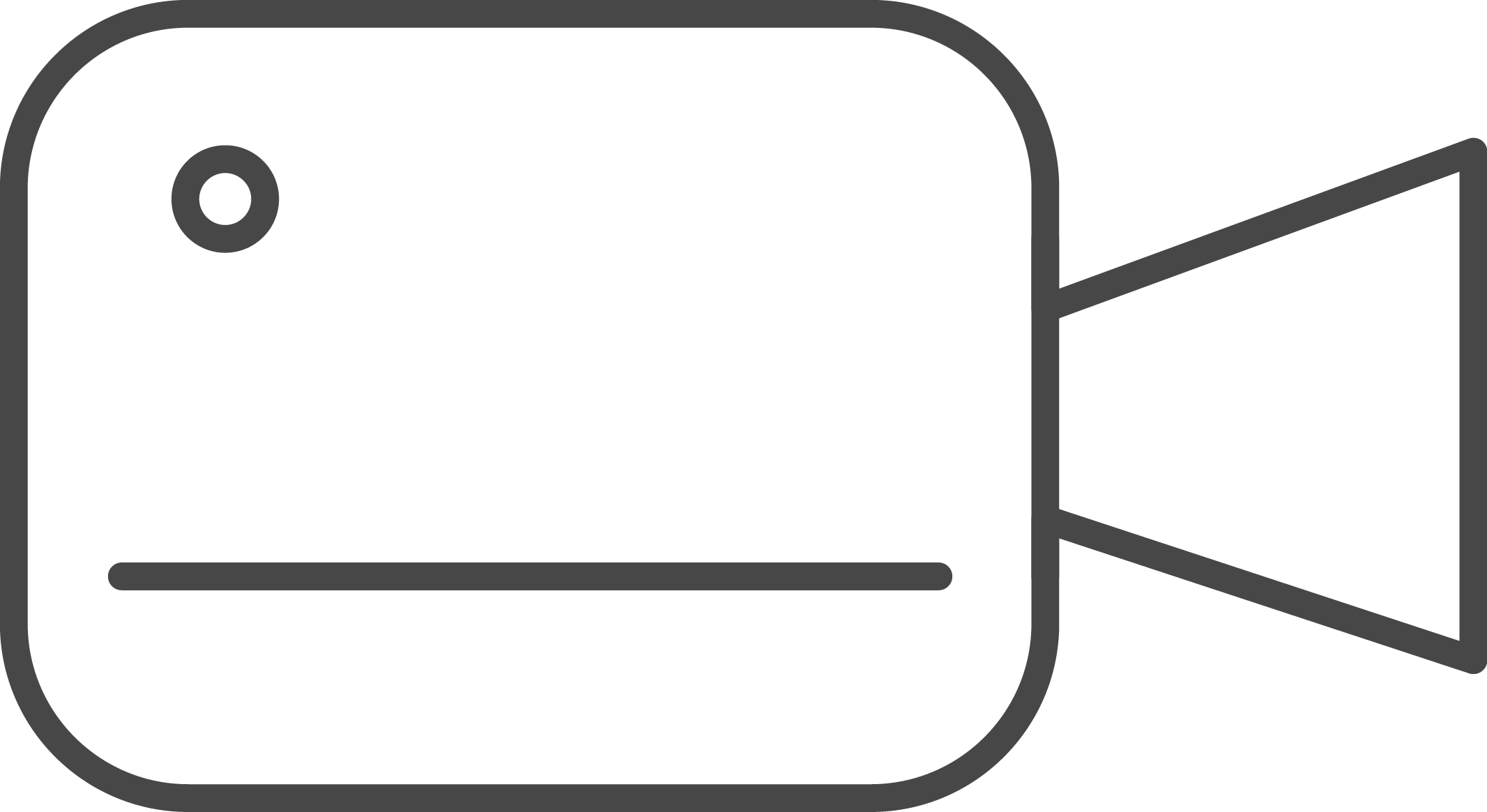Copenhagen Business School
Achievements
-
Students report satisfaction with the flexibility that video provides
-
77,500 viewing minutes in a single course
-
Lecture capture solves the problem of scheduling conflicts
The Challenge
Copenhagen Business School (CBS) has been using the Panopto Video Platform to record its lectures since 2013, building on earlier lecture capture initiatives. The rationale for introducing lecture recording at the institution was twofold. Firstly, CBS wanted to offer resources that would enhance the overall learning experience for all of its students. Secondly, they wanted to provide a “catch-up” service for anyone unable to attend class.
Building on the successful implementation of Panopto and the positive experience of early adopters, increasing numbers of CBS academics are starting to see the benefits of recording their lecture content. Accordingly, the number of courses being recorded has risen each year. The growth in the number of departments offering lecture capture has also been mirrored by growth of a different kind – a massive increase in views of the recorded content by CBS students compared to previous years.
According to the viewing analytics for 2015, the number of views per course rose dramatically in almost all of the courses recorded when compared to 2014 figures. For instance, in the course “Theoretical Positions,” viewing minutes increased from 25,000 in 2014 to 77,500 in 2015.
The institution wanted to ask its students directly what they thought of lecture capture to understand the drivers behind its popularity – so it sent out a survey.
The Solution
The survey was distributed to students on the two courses that had seen the biggest viewing increases – “Theoretical Positions” and “Strategic Communications”. The questions were designed to give the university insights into students’ reasons for using the recordings and their opinions on how lecture capture has helped them in their studies.
So, why were they using the recordings so much? There were four main reasons.
- The recordings helped them control their learning pace. This enabled them to take better notes since they could pause or revisit lectures.
- They wanted the option to consolidate their knowledge when they found a course particularly difficult or if there were specific topics that they hadn’t absorbed during the live lecture session.
- Many students felt that viewing lecture recordings was one of the best ways to review for exams.
- Some had simply missed lectures and found that video offered an invaluable way to catch up.
The common theme that united most of the student responses to lecture capture was flexibility. The students framed this concept in several ways. They enjoyed the flexibility lecture capture offered them in terms of allowing them to balance conflicting priorities. They also appreciated being able to watch lectures even when ill or abroad, and they felt they benefited significantly from the chance to engage with content at their own pace.
Importantly, they didn’t see lecture recordings as an excuse to not physically attend the lecture, but either as a supplement to the face-to-face session or as a useful way to boost their learning if they had been unable to attend due to scheduling conflicts or illness.
The Impact
Given the number of ways in which lecture recording has helped CBS students with their studies, it’s not surprising that they were extremely positive about the technology. In fact, it has proved so popular that students expressed disappointment when other modules they were taking weren’t recorded.
Overall, the message from the student survey is clear – this generation of students immensely appreciates the flexibility afforded by lecture capture technology, and they see it as a great tool to assist their learning.





